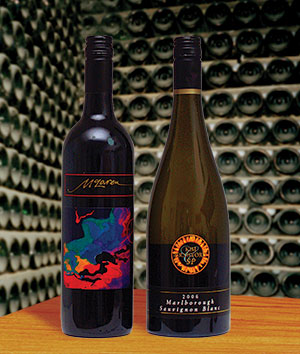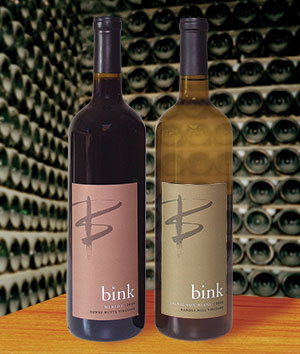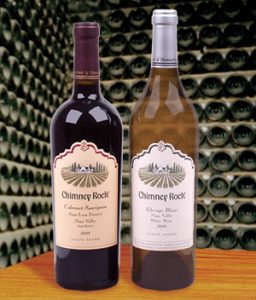 Linchpin McLaren Vale Shiraz 2004
Linchpin McLaren Vale Shiraz 2004
This award-winning Shiraz hails from McLaren Vale on Australia’s southern coast. The complex soil types here combine with the St. Vincent’s Gulf breezes to make for ideal vineyard conditions.
Winemaker Matt Rechner believes the best way to make excellent wine is through simple processes and minimal handling for maximum flavor extraction. Here the grapes were harvested from low-yield vineyards, then spent 20 months in French and American oak. The concentrated fruit, supported by notes of chocolate and blackberry, certainly comes through in this relatively high-alcohol (15.2%) Shiraz. It has a lush, velvet-like mouth feel and well-balanced oak tannins.
Serve with lamb stew accented by eggplant, saffron, and raisins, or shepherd’s pie.
ekhidnawines.com.au/product/linchpin-shiraz-2016/
Kim Crawford Sauvignon Blanc 2006
Kim Crawford is perhaps New Zealand’s most famous wine maker. After 20 years as an independent, three years ago he sold out to an American holding company. However, he was allowed to pursue boutique bottlings, and we have one of those here.
This Sauvignon Blanc dodges the grassiness which so often mars this varietal when it originates in New Zealand. Instead there is a tart, refreshing, distinct grapefruit nose and taste. Completely dry, with a bit of flint on the finish. Delicious.
Pair this wine with lobster tacos, seafood paella, or parmesan-dijon chicken drumsticks.
kimcrawfordwines.com/us/products/sauvignon-blanc/
Back to blog posts: winervana.com/blog/


 The unusually-named Bink Wines is owned and operated by two women, which is also rather unusual (but becoming less so).
The unusually-named Bink Wines is owned and operated by two women, which is also rather unusual (but becoming less so). The Stags Leap District AVA is in the very heart of Napa Valley. It runs from north to south for about three miles along the Silverado Trail, and its 1,350 [very prized] acres were first planted with Cabernet Sauvignon in 1961, for which it would soon become renowned. The name comes from an outcropping of red rocks at the area’s eastern boundary, where a stag supposedly escaped his pursuers by leaping across the treacherous gap.
The Stags Leap District AVA is in the very heart of Napa Valley. It runs from north to south for about three miles along the Silverado Trail, and its 1,350 [very prized] acres were first planted with Cabernet Sauvignon in 1961, for which it would soon become renowned. The name comes from an outcropping of red rocks at the area’s eastern boundary, where a stag supposedly escaped his pursuers by leaping across the treacherous gap.